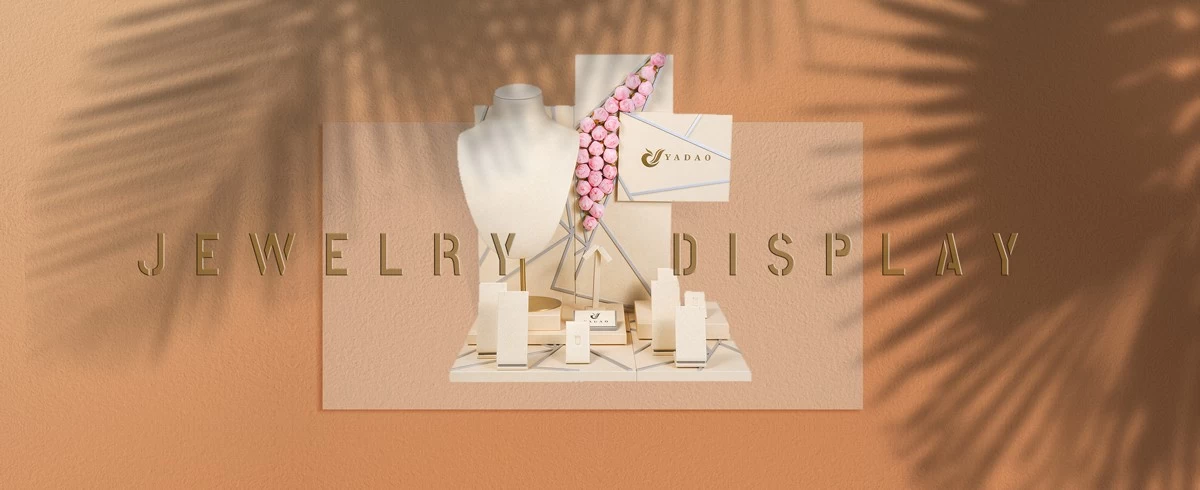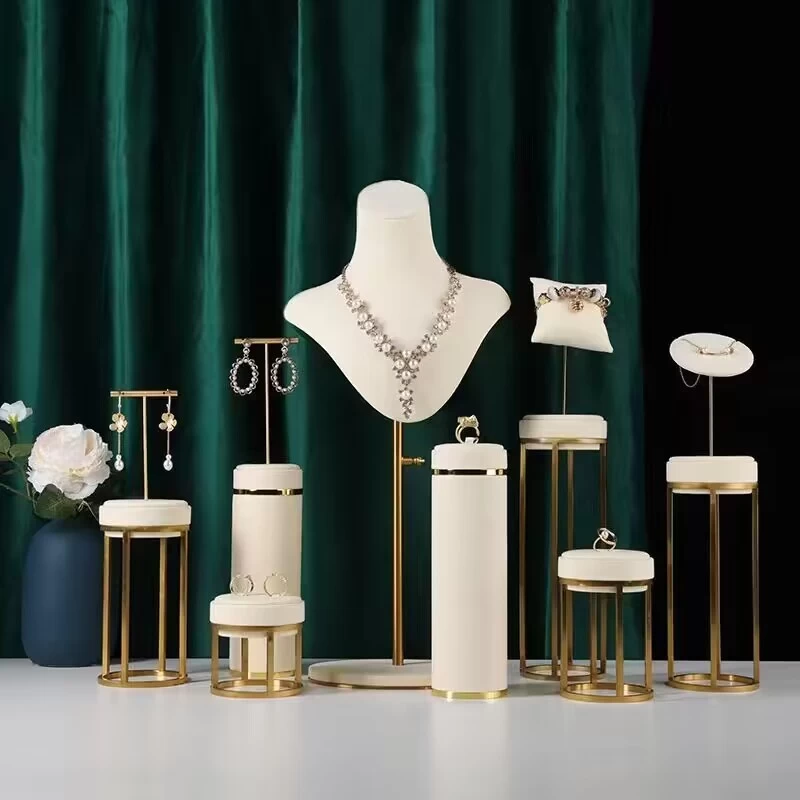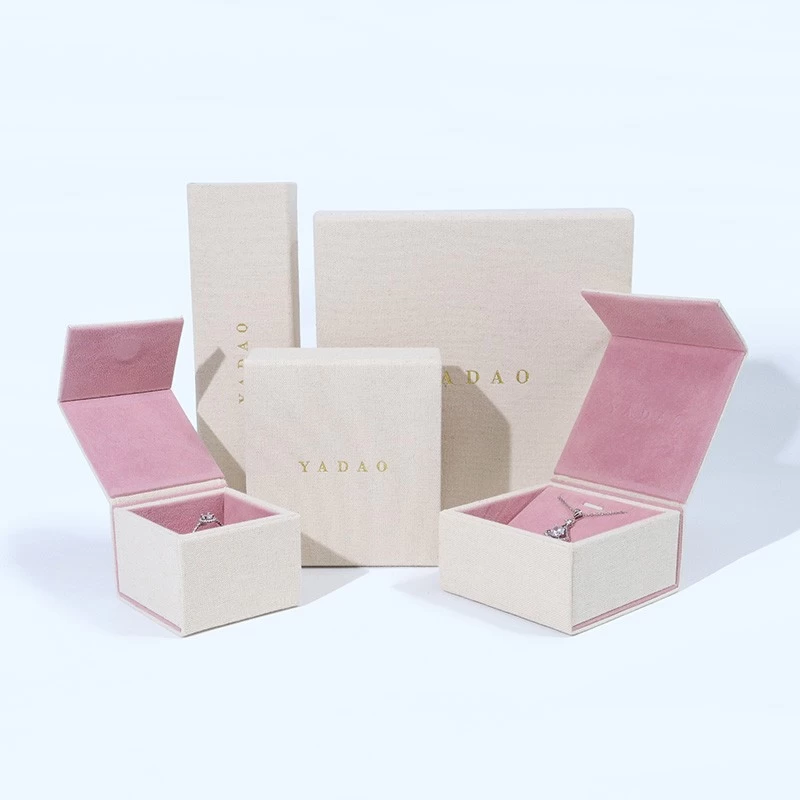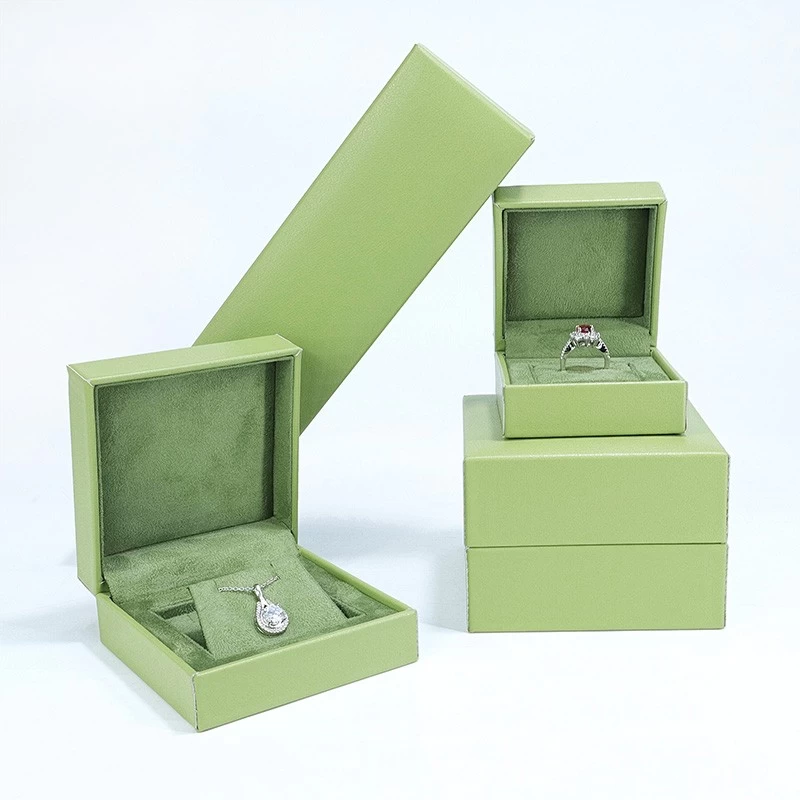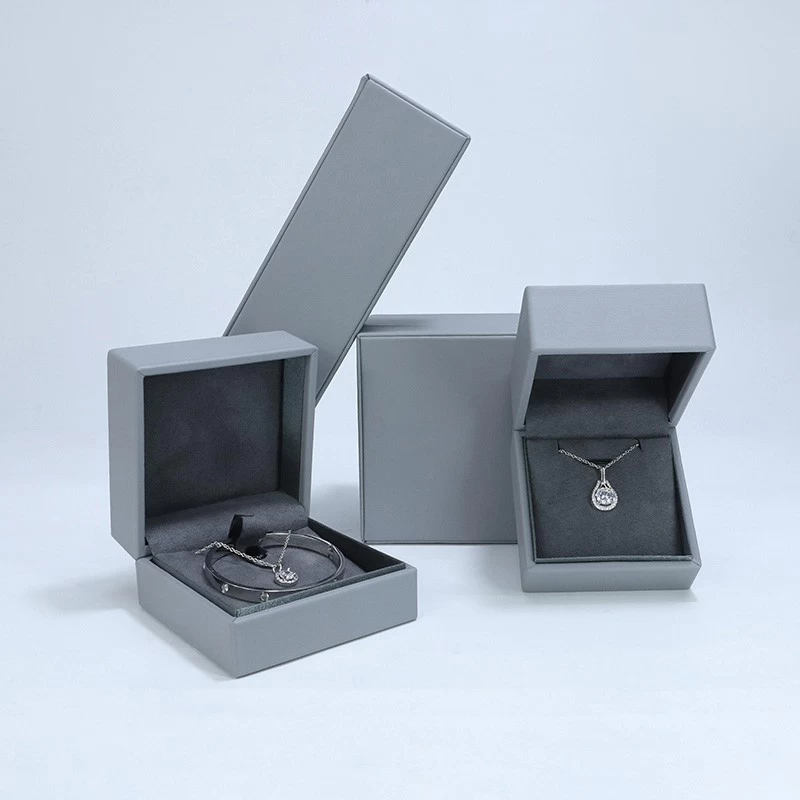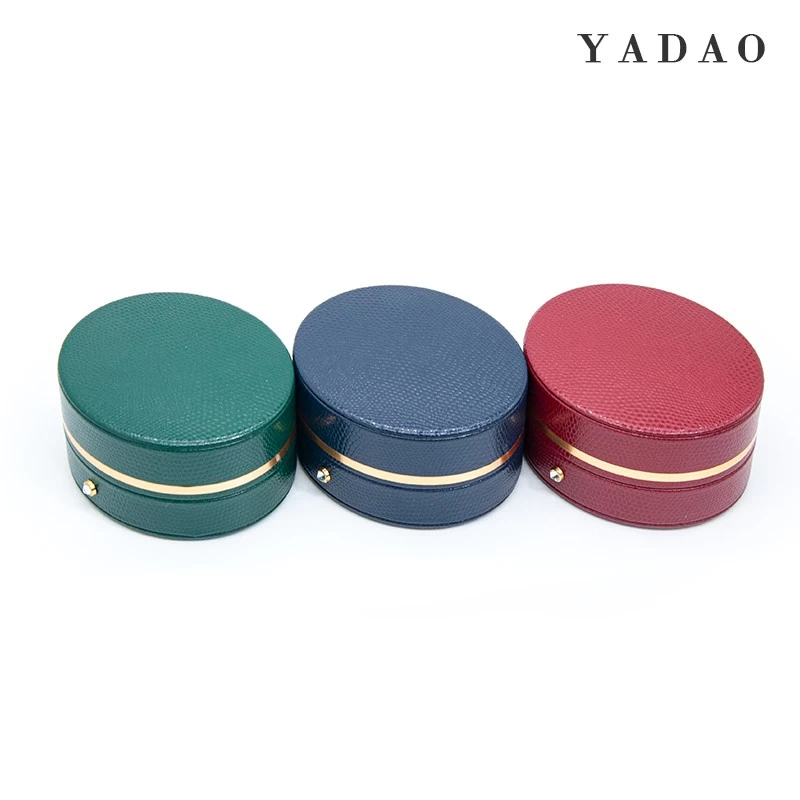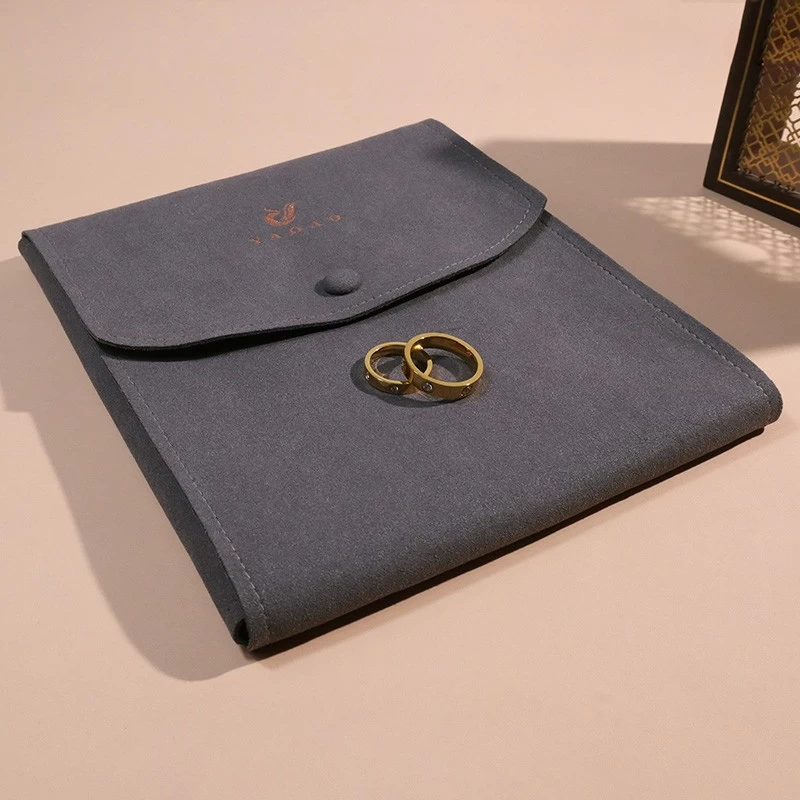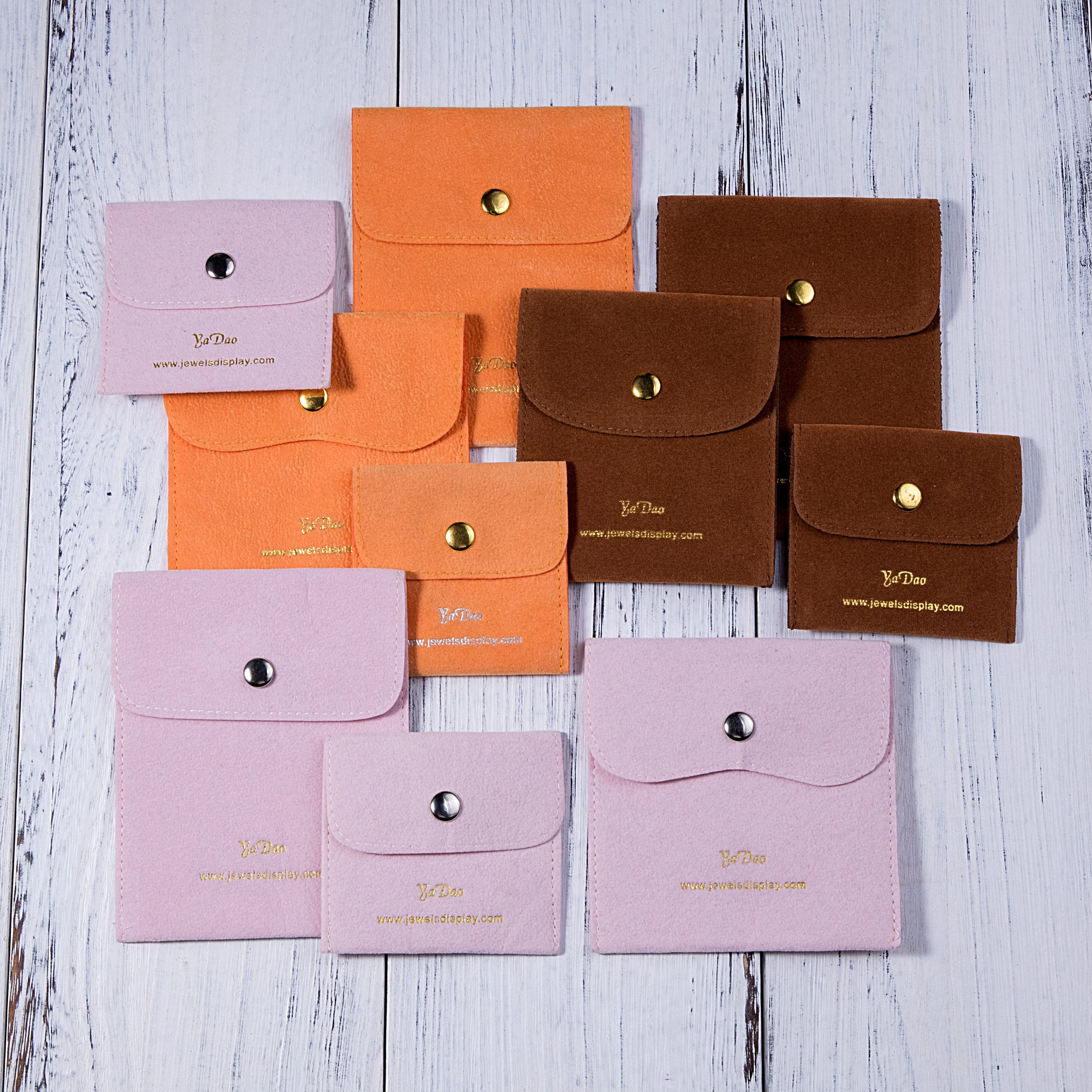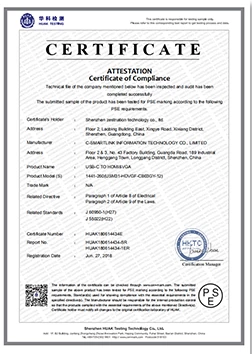Protective Function of Jewelry Packaging
Jewelry packaging plays a crucial role in safeguarding precious items throughout their journey from creation to the hands of the customer. Beyond its aesthetic appeal, packaging serves as a shield against potential damage and ensures the jewelry arrives in pristine condition.
Effective jewelry packaging starts with selecting durable materials that provide adequate protection against physical impacts and environmental factors. Sturdy cardboard boxes or cases with foam inserts are commonly used to cushion delicate pieces and prevent them from shifting during transit. Velvet or satin linings add an extra layer of protection, safeguarding against scratches and maintaining the jewelry's luster.
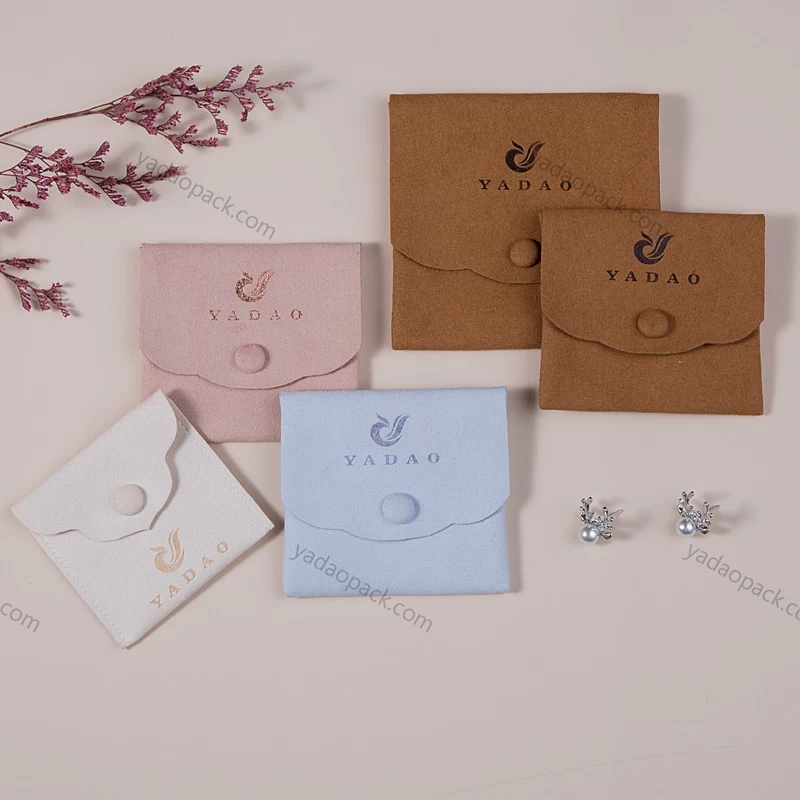
Secure closures, such as magnetic clasps or sturdy tape seals, further enhance the packaging's protective function, ensuring that the jewelry remains securely enclosed and minimizing the risk of loss or damage. For high-value items, tamper-resistant packaging options are employed to deter theft and ensure the integrity of the contents.
During storage, jewelry packaging continues to play a vital role in preserving the item's condition. Properly designed packaging prevents oxidation, tarnishing, and moisture exposure, which can affect the jewelry's appearance and durability over time.
What is more, effective packaging not only protects the jewelry but also enhances the customer experience. A well-packaged item conveys attention to detail and care, leaving a positive impression on the recipient. For retailers, durable and aesthetically pleasing packaging reinforces brand reputation and customer satisfaction, encouraging repeat business and positive word-of-mouth.
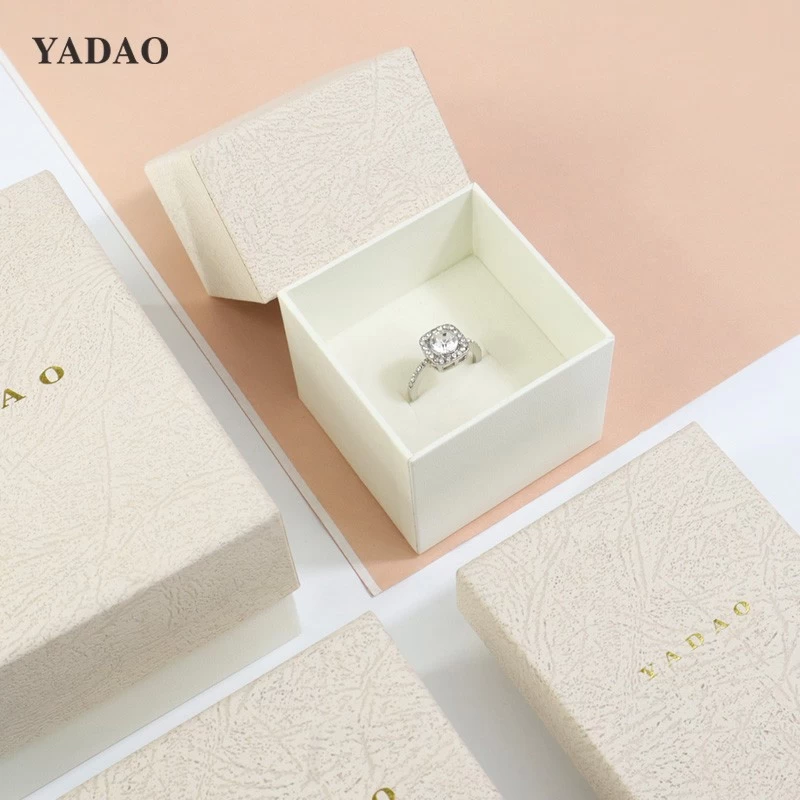
All in all, the protective function of jewelry packaging is essential in ensuring the safe transport and storage of precious items. By employing robust materials, secure closures, and thoughtful design, jewelry brands uphold their commitment to quality and craftsmanship, delivering a flawless product experience to their customers.


